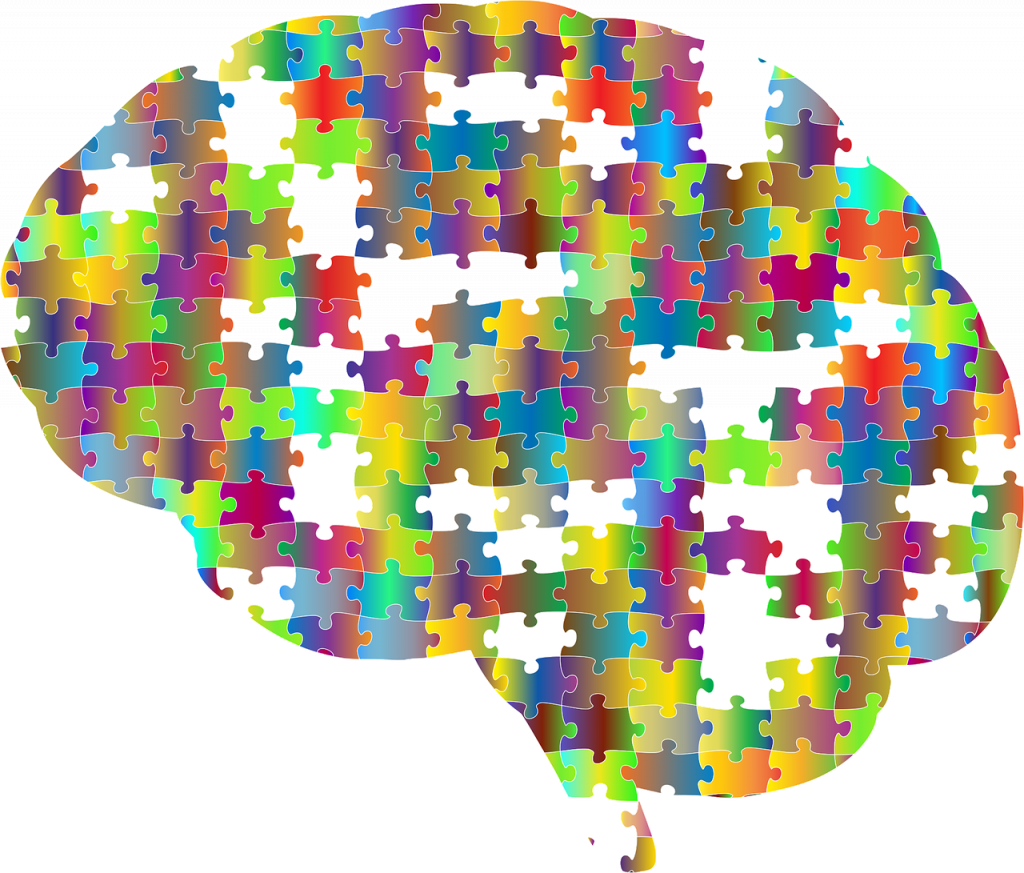Written by: Beverly Sharifian, LPCC
Neurodivergence has recently become a well-known term, as more and more people recognize that their brains may be wired distinctively. Those who are diagnosed with attention-deficit/hyperactivity disorder (ADHD) can often feel relief after understanding why they may have felt different or faced particular challenges throughout their life. In this article, I will outline some of the structural differences in the brains of individuals with ADHD, as well as adaptive strategies that can improve quality of life.
- Frontal Cortex: The frontal cortex, particularly the prefrontal cortex, plays a central role in executive functions, such as attention, impulse control, and decision-making. Individuals with ADHD often exhibit structural and functional differences in this area, which may affect their ability to regulate attention and behavior.
- Default Mode Network (DMN): The DMN is a network of brain regions that become active when the mind is at rest and engaged in self-referential thinking or even daydreaming. In those with ADHD, the DMN does not become take a back-seat when the brain is attempting to be attentive. This area remains overactive causing difficulties with inattention.
- Basal Ganglia: The basal ganglia, a group of structures located below the outer layer of the brain, is involved in motor control and cognitive functions. It facilitates the initiation and inhibition of actions. Research has shown that individuals with ADHD may have altered activity and connectivity within the basal ganglia, contributing to difficulties with motor control and impulsivity.
- Cerebellum: The cerebellum, traditionally associated with motor coordination, also plays a role in cognitive functions and attention. Some studies suggest that individuals with ADHD may have differences in the size and activity of the cerebellum, which can impact their coordination and attentional processes.
While this is not a comprehensive list of findings related to structural differences in the ADHD brain, it’s a start. Below are some strategies that will aid in managing these differences:
1. Embrace the Power of Routines: Establishing daily routines can be a game-changer. Start with simple, consistent daily schedules for things like waking up, mealtimes, and bedtime. But don’t stop there – create routines for tasks and chores, too. The more predictable your day, the easier it is to stay on track.
2. Make Friends with Visual Aids
Visual cues are your secret weapon. Use calendars, to-do lists, and sticky notes to your brain’s delight. Color-coding may also be beneficial, as these can be clear clues for the brain –i.e. red for deadlines, green for appointments, blue for groceries.
3. Chunking and Prioritizing: Have a giant project or an overwhelming to-do list? Break it down into bite-sized chunks. Prioritize tasks so you can tackle the most important ones first. Consider using SMART goals in order ensure you’re being realistic and are able to track your progress.
4. The Pomodoro Technique :This time-management technique is a real gem. Set a timer for 25 minutes and dive headfirst into a task. Once the timer goes off, reward yourself with a 5-minute break. Rinse and repeat. It’s like a mini-workout for your brain.
5. The Art of Meditation: Meditation is critical to managing wandering thoughts. Find a quiet spot, focus on your breath, and let those distracting thoughts float away like autumn leaves on a stream (or any other visual you might find relaxing).
6. The Art of the Timer: Timers are your time-management sidekick. You can use them for everything- getting ready in the morning, working, or even doing chores. Set those timers consistently and time-blindness may become a thing of the past.
7. Exercise : Physical activity helps burn off excess energy and boosts those feel-good neurotransmitters. Whether it’s a brisk walk, dancing in your living room, or a fun sport, find something you love, and make it a regular part of your life.
8. Sleep Hygiene: A good night’s sleep is a superpower for ADHD. Stick to a consistent sleep schedule, keep your bedroom cool and dark, and limit screen time before bed. You’ll wake up ready to conquer the day
9. Medication and Professional Help: For many, medication prescribed by a healthcare professional can be a helpful part of ADHD management. Don’t hesitate to seek guidance from a therapist, psychiatrist, or your healthcare provider for the right treatment plan.
10. Embrace Your Uniqueness: Remember that having ADHD provides a different way of experiencing the world. Instead of judging perceived downfalls, tap into your superpowers, which can include spontaneity, creativity, and empathy.
Understanding how your brain works is critical to employing adaptive strategies that reduce stress and improve your daily life. These differences do not have to pose challenges and can instead provide unique opportunities- so long as you shift your mind from feeling as though you have to compensate for them. Acceptance and non-judgment pave the pathway to a healthy relationship with yourself and your brain.
References
Hallowell, E. M., & Ratey, J. J. (2023). ADHD 2.0: New science and essential strategies for thriving with distraction: From childhood through adulthood. Sheldon Press.
Oren Mason, M. D., & Tamara Rosier, Ph. D. (2023, October 11). Face IT – people with ADHD are wired differently. ADDitude. https://www.additudemag.com/current-research-on-adhd-breakdown-of-the-adhd-brain/
Team, A. E. (2023, September 27). Inside the ADHD brain: Structure, function, and Chemistry. ADDA – Attention Deficit Disorder Association. https://add.org/adhd-brain/

